Choose the appropriate battery capacity for DC loads
Choose the appropriate battery capacity for DC loads
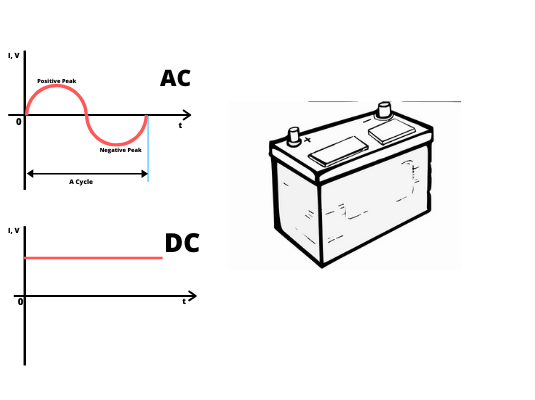 Choose the appropriate battery capacity for DC loads
Choose the appropriate battery capacity for DC loads
Choosing the appropriate battery capacity for DC loads is a very important topic for everyone who wants to buy a new battery so that it can operate direct current (DC) loads.
Some may think that the electrical load can be operated on any battery capacity without making any calculations that should have been taken into consideration before randomly selecting the battery.
In this topic, we will explain to you in a simplified manner how to choose the appropriate battery capacity for DC loads.
So that everyone can rely on the mathematical steps that we will mention in this article to facilitate the process of sizing the necessary battery capacity to suit the size of the direct current (DC) loads.
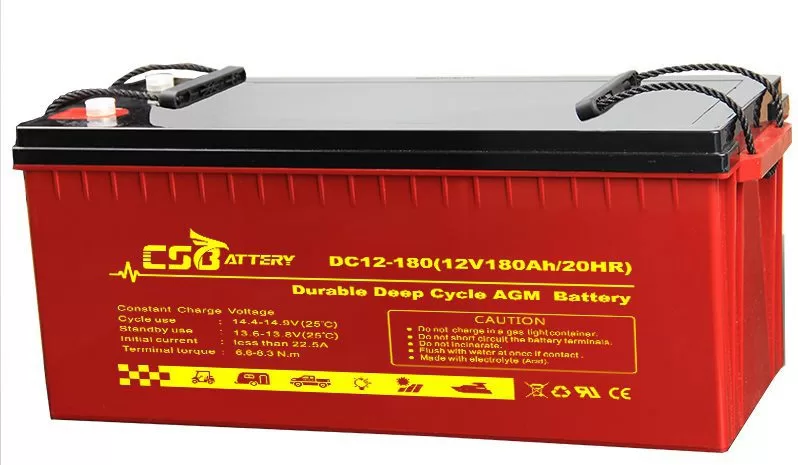 What is the battery capacity
What is the battery capacity
Battery capacity is usually measured in amperes. Hour (Ah) (in English: Ampere. Hour),
That is, a battery with a storage capacity of 50 Ah gives a current of 50 amps for only one hour, or it can give a current of 10 amps for 5 hours.
Thus, the bottom line is that the battery capacity is equal to the ampere multiplied by the hours.
However, the power of direct current (DC) loads is given in watts or kilowatts, and as for the electrical energy consumed by these loads,
It is given in watt-hours, or kilowatt-hours.
We can calculate the energy consumed in watts by multiplying the power value by the operating time in hours as follows:
Electrical energy consumed in watts. Hours = power in watts x number x operating period in hours
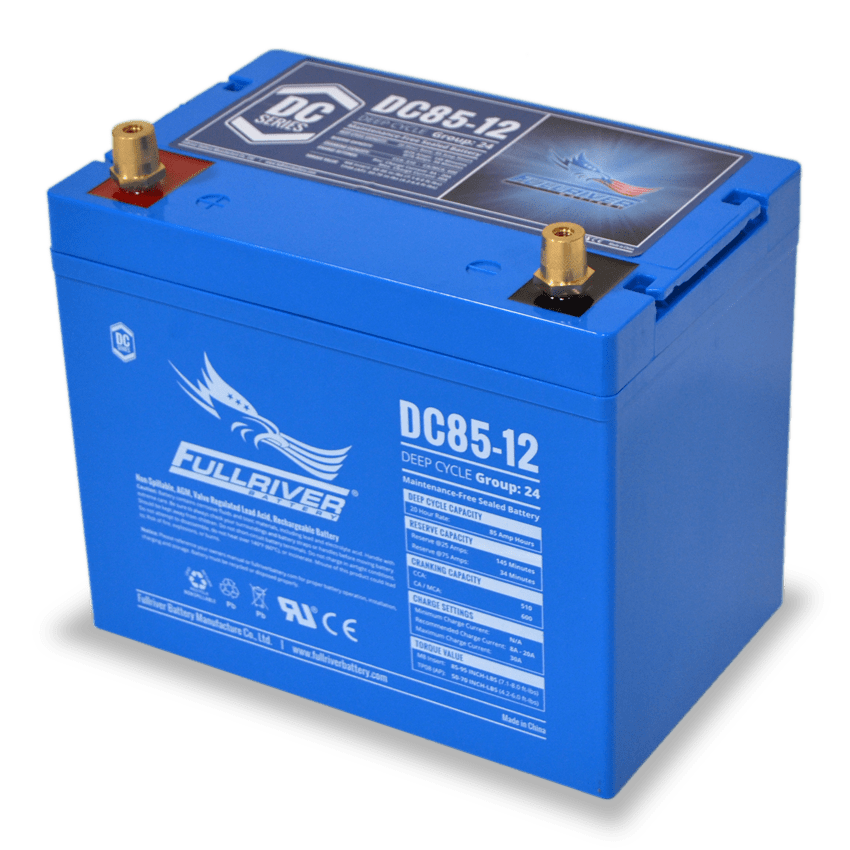 Battery capacity in watt-hours
Battery capacity in watt-hours
Some may prefer to know the battery capacity in watt-hours instead of amperes.
This is done by multiplying the ampere-hour by the battery voltage as follows:
Battery capacity in watt-hours = amps x volts
Example: 12V gel battery, storage capacity (100Ah),
What is the battery capacity in watt-hours (Wh) ?
Battery capacity in watt-hours = amps x volts
= 100 x 12 = 1200 watts. Hour(1200Wh)
Important note: You must choose a deep cycle battery intended for long-term operation and not a car battery.
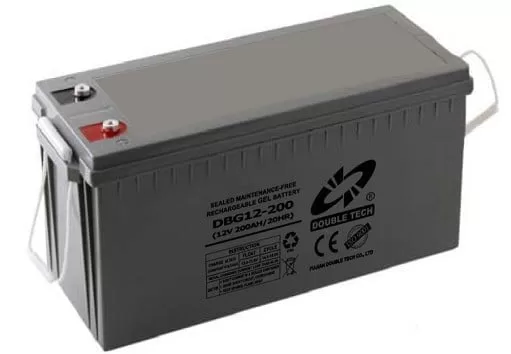 Choose the appropriate battery capacity for the loads
Choose the appropriate battery capacity for the loads
Example: We have 20 LEDs each with a power of 3W, and all the LEDs are intended to operate for 8 hours, and the load voltage is 12V/DC.
Calculate the power consumed by DC loads, and choose the appropriate battery capacity for the loads?
the solution:
The energy it can consume from the battery = power in watts x number x operating period in hours
= 20 × 3 × 8
= 480 watts. hour (480Wh).
So when these loads are operated on a battery capacity for 8 hours, the power consumed from the battery is 480 watts. hour.
In order to preserve the battery for as long as possible,
In order to obtain more cycles (charging and discharging), it is preferable to consume (50%) of the battery capacity as follows:
New storage energy = energy that can be consumed from the battery x 2
= 480 × 2
= 960 watts. hour (960Wh).
So we need a battery with a storage capacity of 960 watts. at least an hour,
Battery capacity can be converted from watts. Hours to ampere-hours are as follows:
Battery capacity (Amp-hours) = Storage energy (Watt-hours) ÷ Battery voltage
= 960 ÷ 12
= 80 amps. Hours (80Ah).
Therefore, we can choose a battery with the following specifications: (80Ah/12VDC).
Battery capacity80Ah and voltage 12
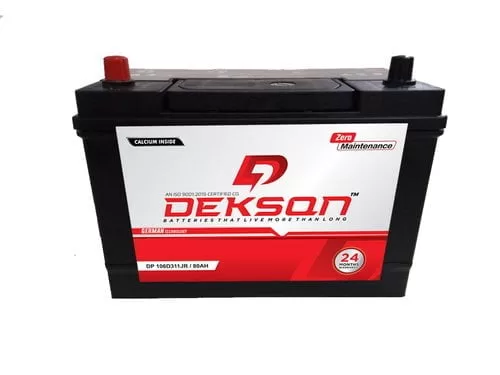 We note that there is another condition that determines the safety of the load on the battery:
We note that there is another condition that determines the safety of the load on the battery:
It is the C-Rate discharge coefficient.
The lower the discharge coefficient value, the better.
Thus, we have explained to you a simplified method for choosing the appropriate battery capacity for the loads based on the electrical power law.
Using the same steps explained in the article, you can size the battery that suits your electrical loads.
 To know our latest products and special offers, please subscribe to our social media pages:
To know our latest products and special offers, please subscribe to our social media pages:
Our Facebook page=> Gahzly store
Our Twitter page=> Gahzly store



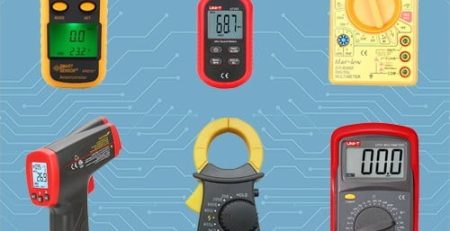




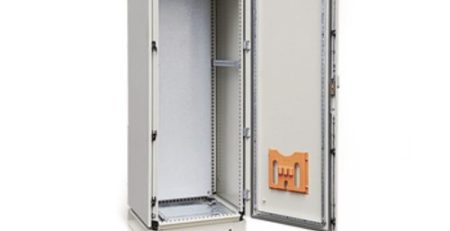



Leave a Reply
You must be logged in to post a comment.